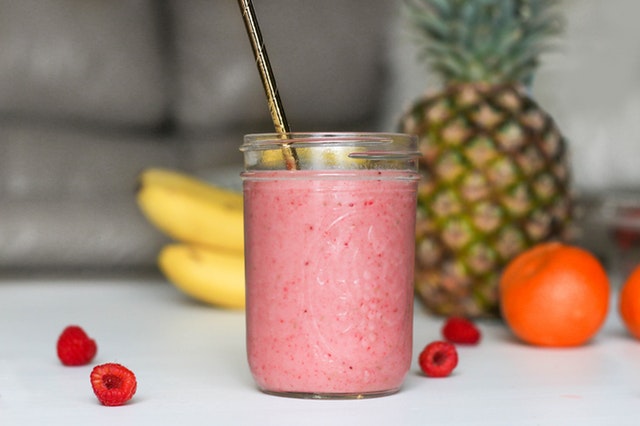All the rave these days in nutrition and health is “juicing”.
But, what is juicing and is it really better for us than the
“real deal” of fresh fruit and vegetables?
As a parent and a nutritional scientist and consultant, this is really important stuff for me to know because I want to provide the best information to my kids, clients and all of you!
Let’s start with understanding what is meant by ‘juicing’. Essentially, juicing is the process of extracting out only the juice containing portion of any fruit or vegetable leaving behind the outer (skin) layer, seeds and most of the pulp and natural fiber. This results in a liquid-rich cornucopia of health-promoting vitamins, minerals, and other potent bioactive compounds, also known as phyto- (plant-based) chemicals. The most well-known of which are called anti-oxidants. Anti-oxidants are often associated with powerful health benefits such as increased immunity and disease-protection, as well as enhanced energy.
There are two main juice-extraction methods: 1) heat-generated and 2) cold-pressed. Much has been written highlighting the differences between the two techniques (heat-generated versus cold-pressed juicers).
The heat-generating juicers use a super-fast spinning blade (called centrifugal extractors) against a mesh filter that separates the pulp from the juice. Although not exactly the same thing, as a young boy I remember using a “spinning juicer” with freshly squeezed oranges and grapefruits during the cold winter months… the juice was delicious! The limitation of the modern-day juicer is they produce a lot of heat while spinning which likely destroys the natural enzymes within the fruit and vegetables as well as oxidizes some of the health-promoting nutrients.
Cold-pressed, on the other hand, is considered much gentler because it simply crushes and then presses the fruit and vegetables retaining nearly all of the enzymes and other health-boosting phyto-chemicals. As a result, the take-away message from many juicing pundits is that cold-pressed is a healthier choice, and I agree.
Regardless of the juice-extracting technique used (heat-generated or cold-pressed) they are both susceptible to spoilage due to microorganism growth, thus limiting their shelf-life to only 2-5 days, at most. So, you better drink-up fast!
Fortunately, heat pasteurization methods are often used to neutralize the harmful microorganisms that lead to spoilage which extends the juice life up to 45 days. However, there is a down-side to pasteurization. Similar to heat-generated juice extraction, heat-pasteurization destroys many of the health-promoting properties of the fruit or vegetable juice.
Recently, a new processing technique has been introduced to the “juicing” market that neutralizes harmful microorganisms, and similarly extends juice life (up to 45 days), but without the negative consequences of typical heat-generated pasteurization. This process is referred to as high pressure processing or HPP. According to recent food science research, HPP retains many of the original nutrients, flavor and texture of fruits and vegetables (HPP versus thermal pasteurization). This is reason enough to always choose fresh juices that have been prepared using both cold-pressed and HPP techniques versus standard heat processing and pasteurization.
This brings me to my final point regarding whether to juice or not. Most food science experts would agree that eating the whole fruit or vegetable, especially a local and/or organic version should be your top priority for optimal health. But, let’s face it, our hectic on-the-go lifestyles places convenience at a premium. As such, the quick, convenient, and long shelf-life of cold-pressed, HPP juices provide a nourishing alternative to the real deal.
Better yet, if you want to enjoy the highest level of nourishment on-the-go, opt for a whole fruit and vegetable blended smoothie. This will provide all of the vitamins, minerals, anti-oxidants, fiber, and other nutrients contained within the whole fruit and vegetable and will save you money, too (Blending better than juicing).
As part of the work I do as an Advisory Board Member of the American Heart Association, I’ve been visiting schools and pushing for whole fruit/vegetable smoothies as a tastier option for children, especially to avoid the “waste” and “throwing away” that occurs in schools (Impact of the National School Lunch Program on Fruit and Vegetable Selection in Northeastern Elementary Schoolchildren, 2012–2013; Barely touch healthy food options).
Kids love fruits and vegetables if they are disguised in a friendly face, such as a smoothie. Make them from locally grown produce, perhaps from a farm to school program and they are a great way to support the local community.
We need to do a better job at nourishing our children and ourselves by providing “… the whole fruit and nothing but the fruit”.


